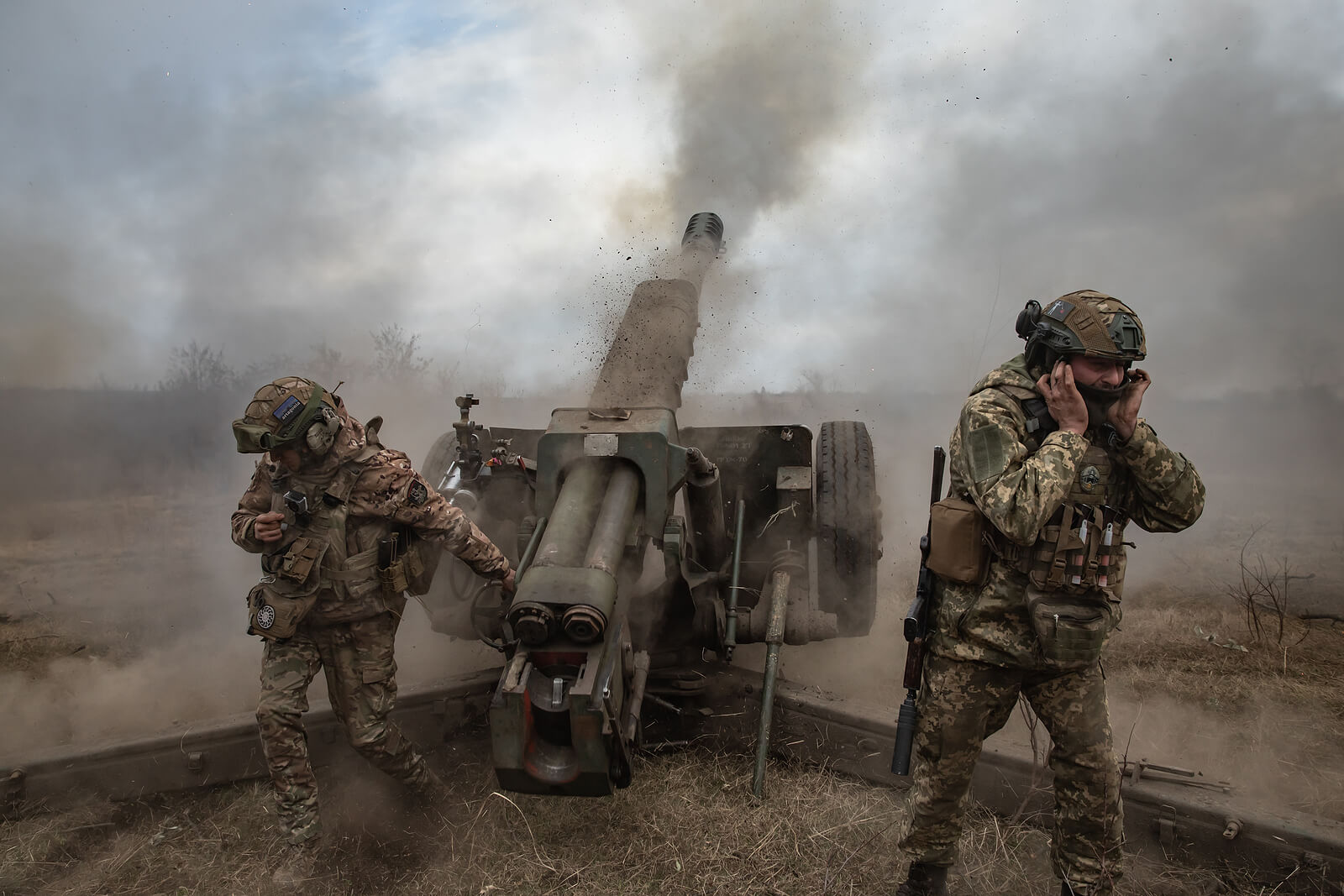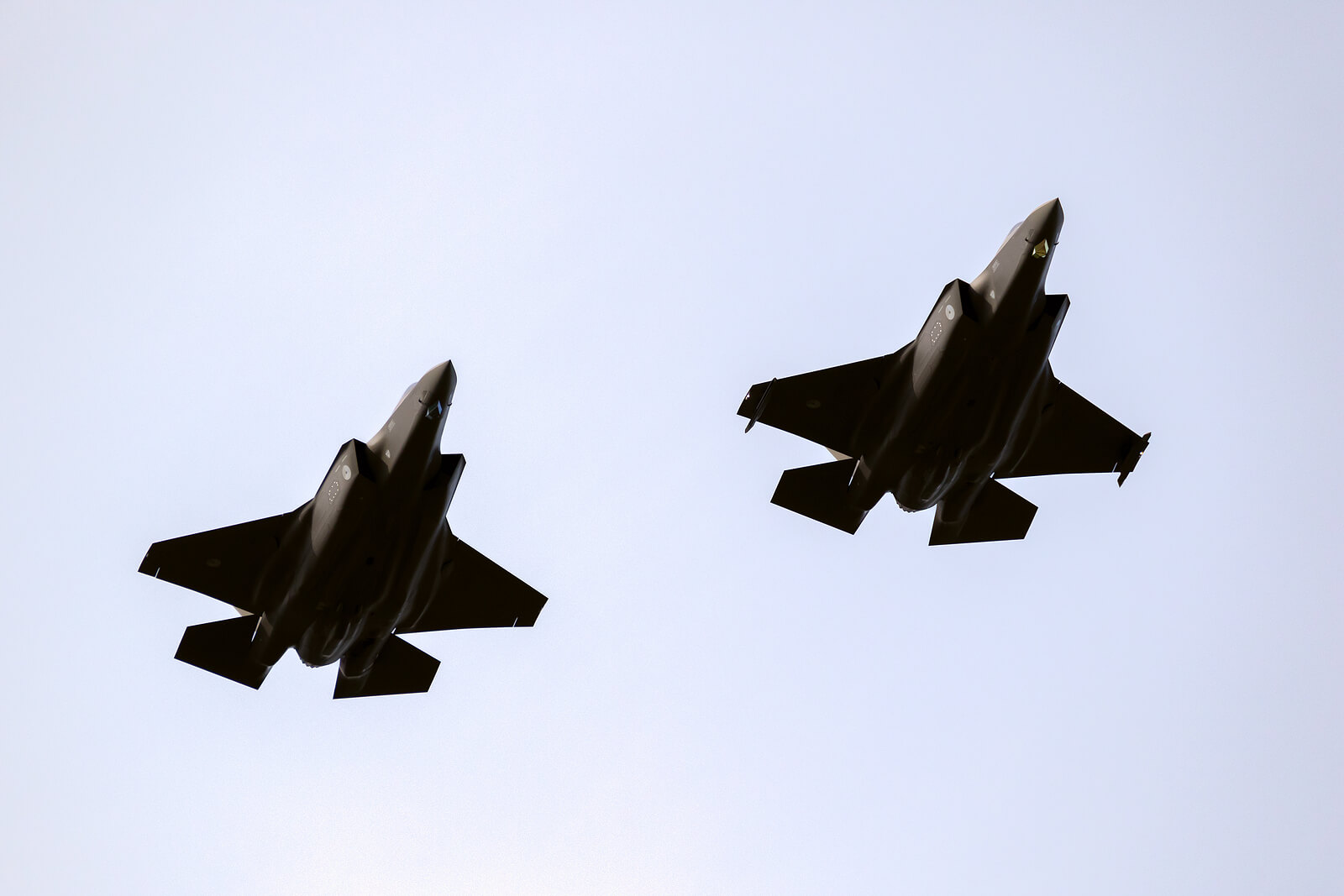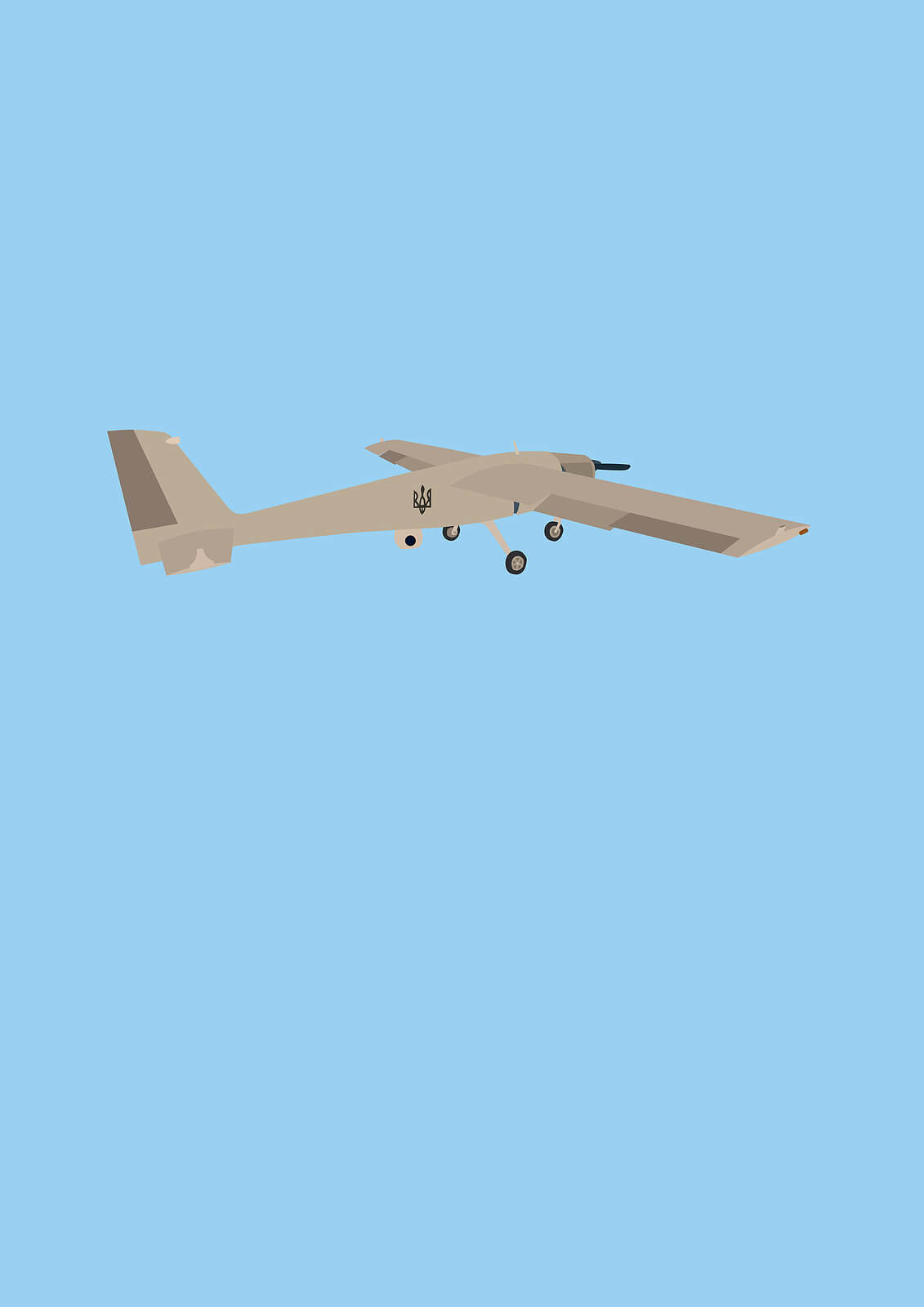
Sen. Paul is Wrong on Ukraine
Sen. Paul uses half-truths that may be appealing to some Americans. They should know the whole truth and understand the stark consequences if we fail to maintain our resolve.

Sen. Paul uses half-truths that may be appealing to some Americans. They should know the whole truth and understand the stark consequences if we fail to maintain our resolve.

Before any Israeli boots hit the Gazan ground, there are a handful of strategic challenges that Israel’s leadership must address if it hopes to put an end to the bloodshed and achieve meaningful victory for Israelis in the wake of such devastating loss.

One growing threat that military commanders need to consider in their operational strategy is the presence of toxic industrial chemicals.

The Navy has struggled over the past quarter century to implement changes in a challenging budget environment. The evidence of struggle is clear.

It’s long past time for the Senate to act to end the wrongheaded actions of one person, and if it fails to act then it is complicit in his damaging actions.

It is imperative to keep the F-35 one step ahead of any potential threats. This includes performing necessary updates, such as engine upgrades.

Government bureaucracies don’t move fast until they get hit in the face by overwhelming evidence and public pressure from those actively suffering or injured by a health condition or occupational threat. Today, we are witnessing something similar play out with the Departments of Defense, Veteran’s Affairs and Health and Human Services in relation to brain injuries, a signature injury the last two decades of persistent conflict.

The onus is on industry for thoroughly researching value creation opportunities and conveying options to the Department of Defense.

Disorienting weapons that operate at the speed of light or speed of sound – such as laser dazzlers or long-range acoustic hailers—can be valuable complements to more lethal systems that are less responsive. Moreover, intense, unexpected stimuli can unnerve military personnel in ways that cause them to flee the battlefield.

Given the unpopularity of the Ukraine War, and the attempted revolt/protest of Wagner group Russian mercenaries, could the Black Sea Fleet by ripe for another grand and embarrassing naval mutiny?

Ukraine with Western support is winning, and it is only a matter of time before the Russian military is driven back into Russia. There are powerful signs of pending Russian defeat and the success of U.S. grand strategy.

The mental health of America’s youth is in crisis, and it stands to reason that military-connected youth are facing the same crisis, if not worse due to the added stressors faced by military families.

Ukraine forces have put low-tech, affordable and sometimes even homemade drones into operation against Russia to great effect. However, they are finding that connectivity is a serious issue.

A far-reaching study by Navy researchers has found that exposure to munitions blast waves from combat and training may be causing brain injuries the aggregation of which is resulting serious and often deadly ailments such as depression, PTSD and suicide.

The hollowed-out carcasses of tanks and supply trucks along Ukraine’s highways should serve as a harsh wake-up call as we think about how the United States will sustain its forces on the modern battlefield, not only as a talking point about the ineffectiveness and disorganization of Russia’s military.

Adding an auxiliary hybrid power system to idling vehicles is a feasible change that will allow the military to maximize the cost efficiency of emission reduction while rapidly upgrading entire fleet of vehicles.

The issue of establishing a more sustainable military doesn’t need to create a political disagreement. The right technology can address concerns of financial responsibility plus environmental sustainability without compromising safety, readiness or ease of operation.

It is the height of arrogance to think the U.S. has a mandate to tell other societies how they should be organized and governed. American arrogance and hubris led us to pursue policies in three wars that never had a chance of success.

When a nation newly ascends or returns to the status of a leading international power, it often feels the need to publicly demonstrate its rise through a brief, victorious war. Today, China’s increasing strength may tempt it to pursue such a conflict, and not necessarily with Taiwan, if it anticipates—perhaps incorrectly—that victory will be swift, decisive and demonstrative.

Through the decades, as the U.S. military has expanded its range of capabilities, Naval Oceanography has become the Department of Defense’s premier environmental situational awareness provider.

Micro-partnerships between U.S. and Australian firms can enable the pooling of capabilities, increased flexibility, tech transfer, access to expertise and knowledge and guided access to Australia’s growing defense market.

Here are three national security dynamics coming to a head that could hijack the Biden administration’s hopes of sharing its carefully crafted messages with the American and Canadian people.

As the relentless protests in Iran enter their sixth month, the government’s tactics are shifting in a recurring pattern of violence and intensive crackdown against the physicians and nurses treating the wounded protesters.

The U.S. military takes into consideration the quality of local public schools as it decides whether to maintain military commands and offices where they are or move them elsewhere. This provides communities with another big reason to focus on improving schools, because the economic impact of any single military installation can be enormous.

The future of the Arctic and its stability depend on how effectively the U.S. can depict battlespace awareness in the region. Well-equipped sensors and novel computing methods and artificial intelligence will allow the United States and its allies to reach that goal.

The Arctic is the next frontier for U.S. military operations, where the physical environment poses a major threat to achieving strategic dominance, managing assets and ensuring freedom of the seas.

China has serious domestic issues and simple portrayals of it as an overwhelming force are misleading and cause many to overlook China’s many weaknesses. We have real issues we must resolve with China, but there is no need to rush towards war.

In biodefense, there is no more powerful a statement than the first words of the new National Biodefense Strategy: “It is a vital interest of the United States to manage the risk of biological incidents, whether naturally occurring, accidental or deliberate.”

Ukraine is fighting to retain its freedom from the grips of Moscow while at the same time trying to approximate a K-12 education for the nation’s 5.7 million school-age children. It highlights the resiliency of Ukrainian children.

It is more stabilizing and better for national security that Congress is skeptical about where U.S. space leadership and space policy are headed. Let’s hope the responsible oversight demonstrated in the annual defense bill continues.